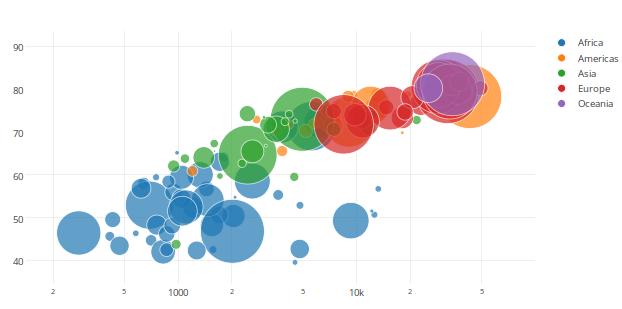The Visualization
The visualization shows the lyrics of top 100 songs in a tree map. Each word has its own cell, with size proportional to the number of times the word appears. The cell is further divided by the song.
What I don’t Like
I believe the visualization is just another pretty tree map without any claim. Also the words like ‘the’, ‘you’, ‘I’, ‘a’ etc are included and these words don’t teach/tell us anything as against the words like ‘love’ or ‘crying’ which might give the context of what kind of emotions are felt in the song.
What I like
Division of the words in cells and subdivision by song and highlighting of the entire song when a word from the song is selected.
Improvements
I believe the author should have first removed all the common words by the usage of any natural language toolkit and then did the same analysis. By following this he might have had better analysis about the emotions of the top most heard songs.
I believe by taking into account each and every word there is no claim to the visualization, This is a classic example of a fancy visualization without any message.
Source – https://public.tableau.com/en-us/s/gallery/top-100-songs-all-time-lyrics




